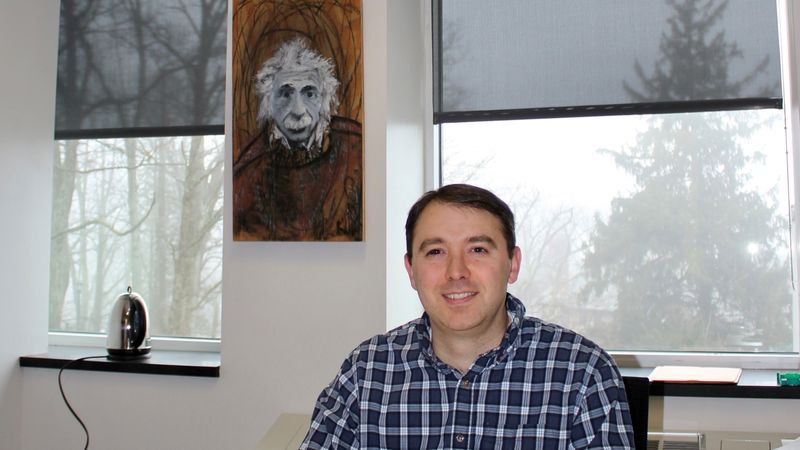Inspired and energized
After a sabbatical at a German university and research center, an associate professor of engineering at Penn State Hazleton came back impressed by Germany’s leadership in renewable energy and committed to doing everything he can to help renewable energy play a bigger role in meeting U.S. energy needs.


